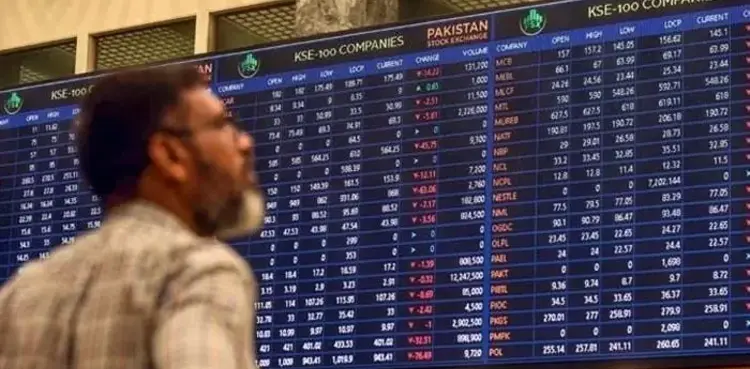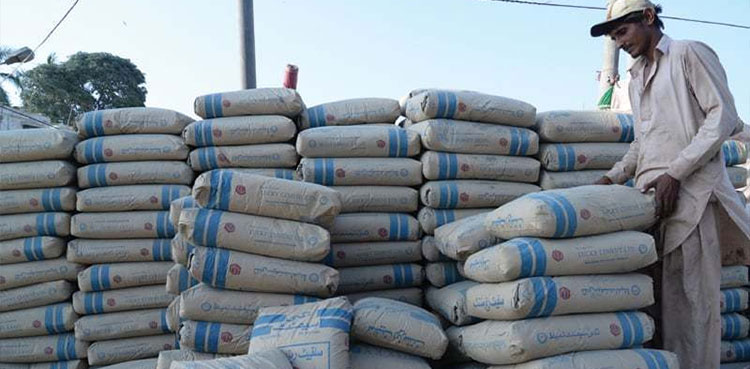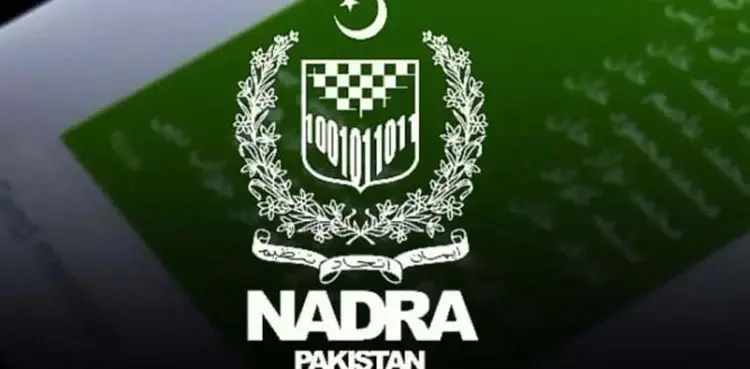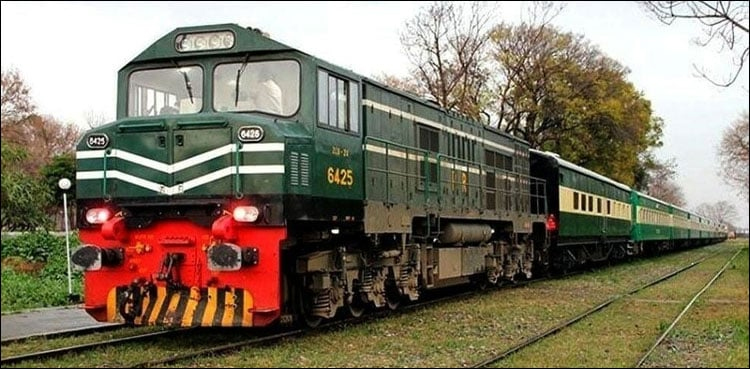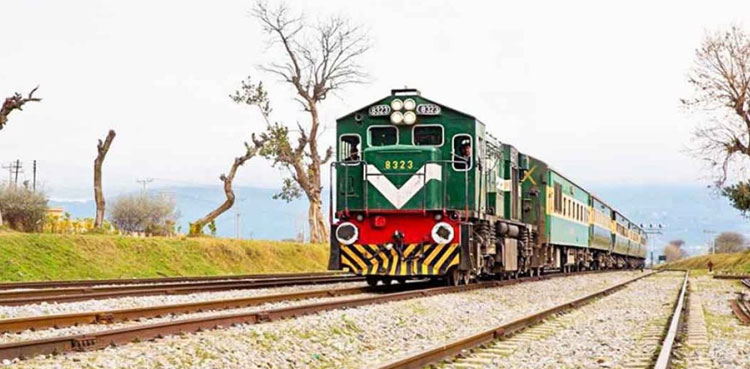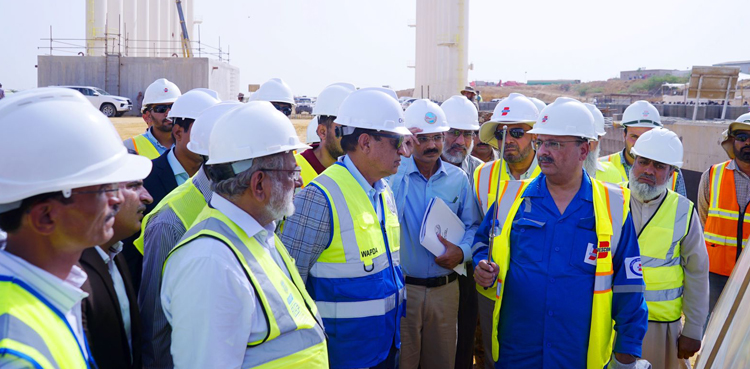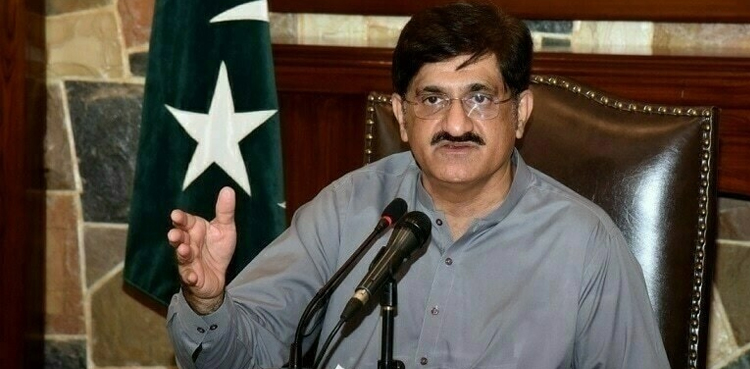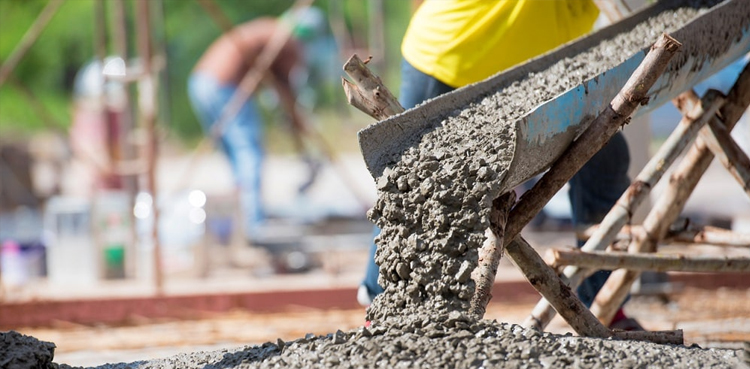Cement sales in Pakistan in May 2025 rose by 8.57 per cent year-on-year to 4.651 million tonnes, up from 4.284 million tonnes in May 2024.
According to data released by All Pakistan Cement Manufacturers Association, domestic cement sales declined by 1.94 per cent during the first eleven months of the current fiscal year, according to data released by the All Pakistan Cement Manufacturers Association (APCMA).
Local consumption fell from 35.1 million tonnes between July 2023 and May 2024 to 34.4 million tonnes during the same period of the current fiscal year. However, a 25.73 per cent surge in exports helped the sector post a marginal overall growth of 2.46 per cent during this period.
Export volumes also rose by 7.27 per cent to 0.989 million tonnes, up from 0.922 million tonnes.
Cement mills in the northern region dispatched 3.261 million tonnes in May 2025, up 11.87 per cent from 2.915 million tonnes a year earlier. Mills in the southern region dispatched 1.39 million tonnes, reflecting a modest 1.54 per cent increase compared to 1.379 million tonnes in May 2024.
In terms of local dispatches, northern mills supplied 3.02 million tonnes to the domestic market, a 9.71 per cent year-on-year increase from 2.753 million tonnes. Southern mills dispatched 641,894 tonnes locally in May 2025, marking a 5.37 per cent increase over 609,174 tonnes in May 2024.
Northern region exports grew by 48.27 per cent, rising from 162,929 tonnes in May 2024 to 241,578 tonnes in May 2025. In contrast, exports from the southern region declined by 1.53 per cent to 747,856 tonnes, compared to 759,456 tonnes in the same month last year.
Cumulatively, total cement dispatches (local and exports) for July 2024 to May 2025 reached 42.764 million tonnes — 2.46 per cent higher than 41.739 million tonnes recorded in the same period last year. Domestic dispatches stood at 34.419 million tonnes, down from 35.102 million tonnes last year, while exports rose sharply to 8.345 million tonnes from 6.637 million tonnes.
Read more: Cement prices in Pakistan; May 2025
In the northern region, domestic dispatches during the eleven-month period fell by 1.53 per cent to 28.489 million tonnes from 28.931 million tonnes. Exports rose by 9.47 per cent to 1.476 million tonnes, compared to 1.348 million tonnes last year. Total dispatches from the north dipped by 1.04 per cent to 29.965 million tonnes from 30.279 million tonnes.
In the southern region, domestic sales dropped by 3.9 per cent to 5.93 million tonnes from 6.171 million tonnes. Exports, however, surged by 29.88 per cent to 6.868 million tonnes, up from 5.288 million tonnes. Total dispatches from the south rose by 11.69 per cent to 12.799 million tonnes compared to 11.459 million tonnes in the previous fiscal year.
A spokesperson for the APCMA said the 1.94 per cent decline in domestic cement consumption during the review period was concerning and warranted close attention. “Domestic demand is vital for utilising the industry’s idle capacity and for broader economic development,” he said, adding that the cement sector supports several allied industries including steel, paint and electrical goods.
He expressed hope that the government would address the industry’s concerns in the upcoming federal budget and introduce measures to reduce duties and taxes on cement, thereby making it more affordable for consumers.

